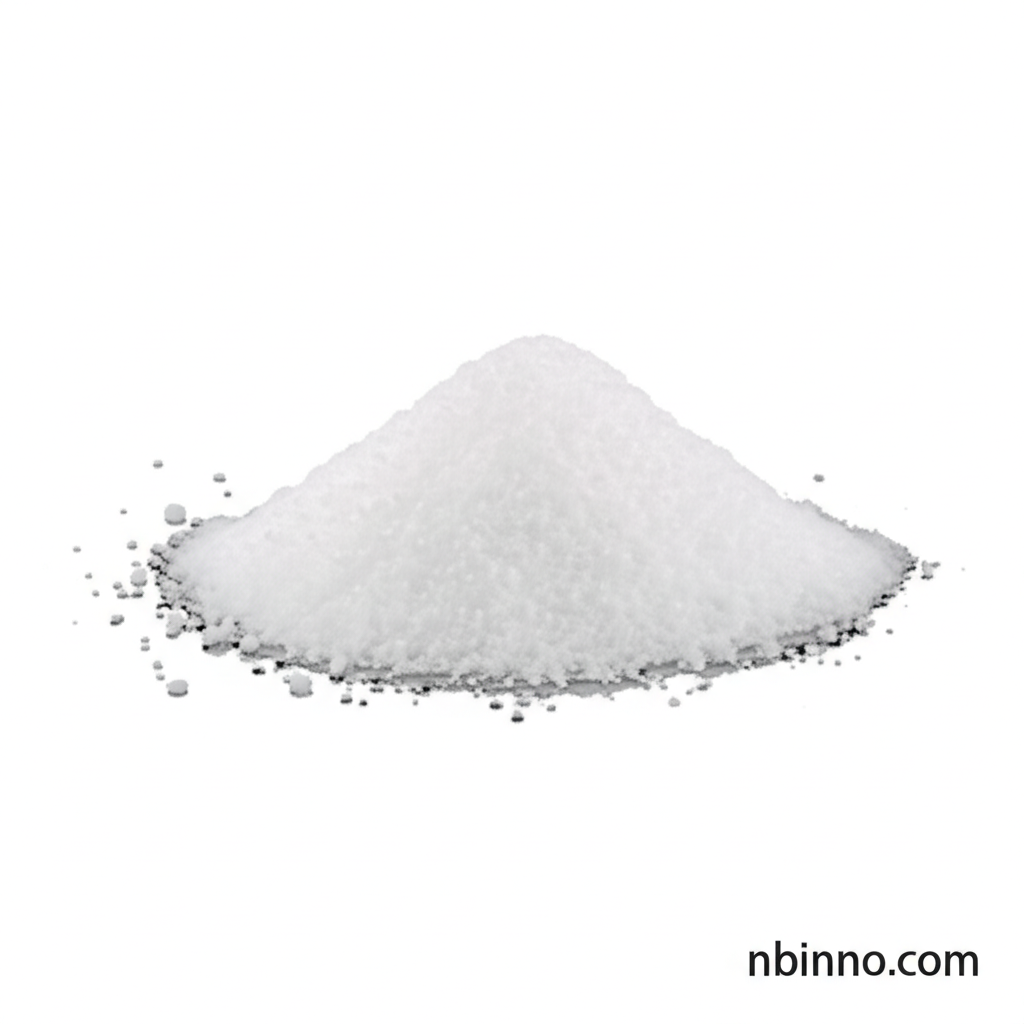2,7-Dibromo-9-(1-octylnonyl)-9H-carbazole: Building Blocks for Next-Gen Electronics
Unlock the potential of organic electronics with this versatile dibrominated carbazole intermediate.
Get a Quote & SampleProduct Core Value

2,7-Dibromo-9-(1-octylnonyl)-9H-carbazole
This compound serves as a pivotal intermediate for the synthesis of advanced organic electronic materials. Its unique structure, featuring dibrominated carbazole and a long alkyl chain, allows for excellent solubility and facile functionalization, making it highly sought after for applications in OLEDs, OPVs, and OFETs.
- High purity (>97%) ensures reliable synthesis outcomes for OLED material synthesis.
- The dibrominated carbazole structure is a key feature for Suzuki and other coupling reactions in organic photovoltaic research chemicals.
- Facilitates the development of tunable organic semiconductors for efficient electronic devices.
- A critical component in creating novel materials for display and energy harvesting technologies.
Advantages Provided by the Product
Enhanced Solubility
The 1-octylnonyl chain significantly improves the solubility of the carbazole derivative, aiding in solution processing for device fabrication. This is crucial for cost-effective manufacturing of organic electronic devices.
Versatile Reactivity
The bromine atoms at the 2 and 7 positions provide active sites for various cross-coupling reactions, enabling the synthesis of diverse carbazole-based polymers and small molecules. This versatility supports ongoing research in organic photovoltaic precursors.
Tunable Electronic Properties
The carbazole core is known for its excellent electron-donating ability and good chemical stability. By integrating this into polymer backbones or small molecules, manufacturers can fine-tune the electronic and optical properties for specific OLED applications.
Key Applications
OLED Materials
Used as a building block for host materials and charge transport layers in Organic Light-Emitting Diodes, contributing to brighter and more efficient displays.
Organic Photovoltaics (OPVs)
A critical intermediate for synthesizing donor or acceptor materials in polymer solar cells, enhancing power conversion efficiency and device stability.
Organic Field-Effect Transistors (OFETs)
Serves as a monomer for semiconducting polymers used in OFETs, enabling flexible and printed electronic circuits.
Photonic and Optoelectronic Devices
Its unique optoelectronic properties make it valuable for various devices in the rapidly evolving field of organic photonics.
